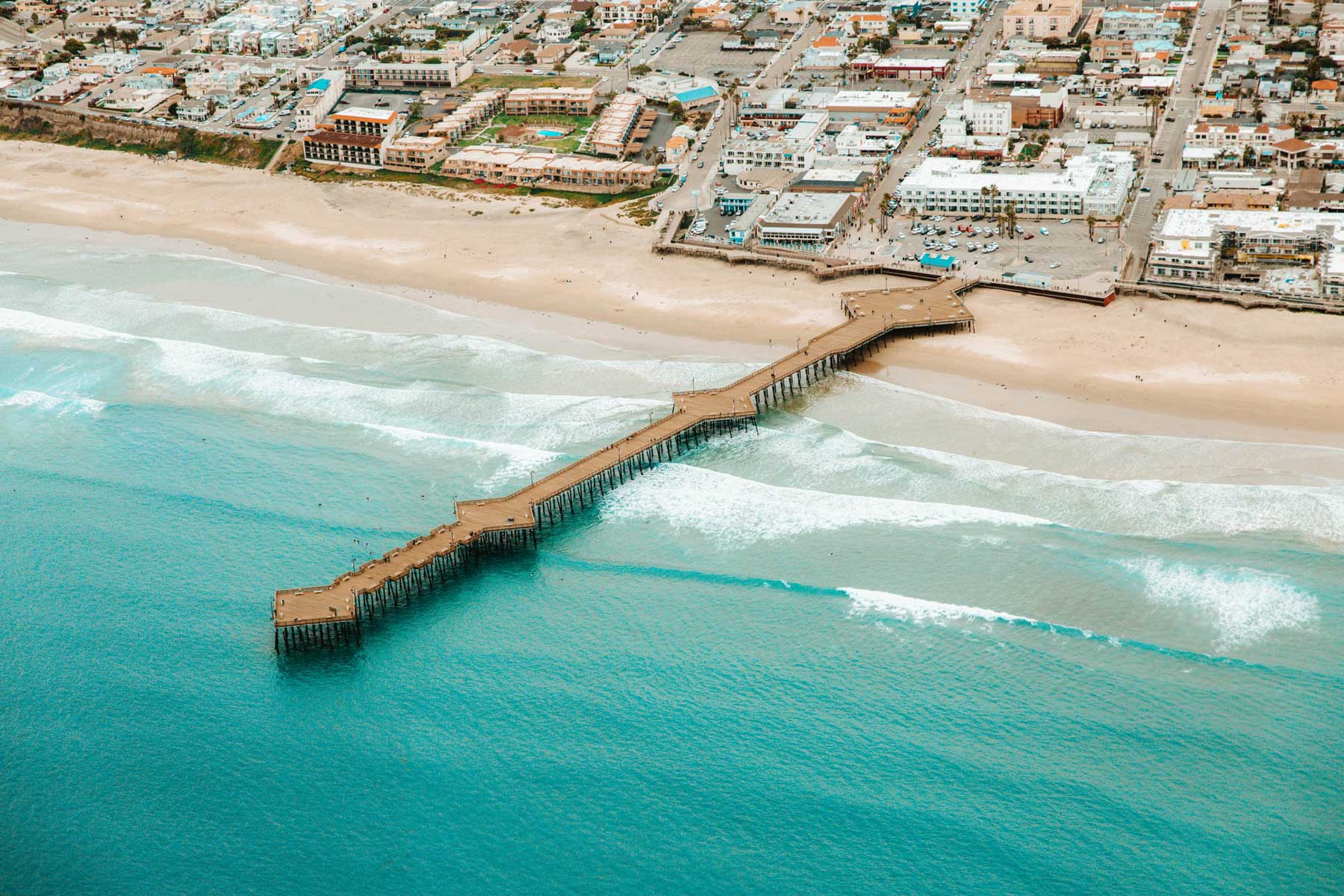This Long-overlooked California Region Has Offbeat Hotels, Stunning Beaches and Hiking Trails, and Some of the Best Wines in the West

The lunch menu at solar-powered Niner Estates in Paso Robles reads like a long list of neighboring fields, purveyors, mills, and dairy farms: greens from Windrose Farm, lentils and grains from Kandarian Organic Farms, goat cheese from Central Coast Creamery. Not to mention the estate’s own edible garden, chicken cage, and olive groves. At this winery, the crisp Bruts and fruit-forward Pinots are not to be missed out on– however the on-site dining establishment is possibly much more unique.
Though it is among the newer wineries in the region, Niner represents much of what the Central Coast has actually long represented: family-owned business, continuously pushing to do things in a different way while maintaining a strong sense of community. This sentiment is echoed from hubs like Paso Robles and San Luis Obispo to the beach towns even more north. Together with the outstanding food and white wine, sensational beaches, and abundant hiking trails, it’s this sensation that remains with visitors– and brings them back.
The historic white wine region around Paso Robles now has some 200 wineries, many cult favorites, with a speculative bent that sets them apart from those in Napa and Sonoma. At Kukkula, owner and wine maker Kevin Jussila dry-farms 50 acres of grape vines, 32 acres of walnuts, and eight acres of French varietals of olives. Jussila’s progressive approach focuses on growing the finest fruit and not meddling excessive in the cellar. But the innovation surpasses wine; up the road, at Kiler Ridge Olive Farm, owner Audrey Burnam trips visitors around their 2,700 olive trees, culminating with a tasting including olive oil-drizzled ice cream. Burnam and her other half were bicycling through Tuscany when they first experienced the grassy, extreme flavors of the local olive oil– and decided to end up being producers themselves.
Discover more off-the-wall bottles at Tin City, a repurposed industrial complex on the borders of Paso now home to a complex of tasting spaces and pop-ups. Same sample a Chenin Blanc at Desparada, sip cider aged in Bourbon casks at Tin City Cider, and grab a sheep-milk ice cream cone at Negranti Creamery. At the 12-seat 6 Test Kitchen, chef Ricky Odbert serves a tasting menu with innovative dishes like spider crab with sorrel and pomelo.
Paso’s hotel scene is likewise maintaining. The 24-room Piccolo, a city offshoot of the winery resort Paso Robles Inn, debuted downtown in October with a much-anticipated rooftop bar. The cherished equestrian-themed Hotel Cheval recently included a 20-room across the street from the original inn, simply off Paso’s primary square. And even if you don’t remain at the Tuscan-style, art-filled Allegretto Vineyard Resort, you can still head to Cello, its on-site dining establishment, for a breakfast of huevos rancheros.
Close-by San Luis Obispo– passionately referred to as SLO– has actually been ranked amongst the nation’s happiest over the last few years, flanked by beaches and dramatic mountain peaks. It’s also seen the arrival of two game-changing properties in current months: Hotel San Luis Obispo, the latest project from the household behind Hotel Healdsburg, features white oak floors, handmade textiles, personal balconies in each of its 78 spaces. And the 65-key Hotel Cerro, opened in January, was built to LEED Silver requirements and boasts a 4,000-square-foot hydrotherapy medical spa.
SLO is also an entrance to the emerging Edna Valley white wine region, which has actually grown to include more than a lots wineries because emerging in the 1980s. With some of the oldest vines in the location, Wolff Vineyards stands out for its exceptional Rieslings. Edna Valley Vineyard showcases Chardonnays and Pinots in an intense, recently refurbished tasting room, and families expanded blankets and play yard video games at Malene White wines, which serves Provence-style rosés out of a roving Airstream trailer.
The Pacific Coast Highway is what trip dreams are made of, and the hippie beach towns that dot California’s craggy coastline are also coming into their own. In Pismo Beach, the recently opened 124-room Vespera on Ocean is an ideal household trip neglecting the Pacific– but still within a few minutes’ drive of Pismo’s well known butterfly groves. Additional north in Cayucos, the Brown Butter Cookie Business, opened by two siblings, does brisk organisation in scrumptious shortbread-style cookies topped with sea salt. The fragrances of brown butter, cocoa, and almond waft down the street from its two-story bakeshop on Cayucos’ primary drag.
Once-sleepy Cambria is flush with galleries, stores, and California cuisine, with standouts like the gluten-free restaurant Hidden Cooking area and Robin’s, a 35-year-old legend understood for its vegetable-centric meals prepared with local components. Linn’s is understood for its well-known Olallieberry pie, which chef Renee Linn started making more than 30 years ago– don’t leave the Central Coast without tasting a piece!
The essential stop on the PCH is Hearst Castle, in San Simeon, which commemorates its centennial this year. William Randolph Hearst worked with architect Julia Morgan to build the 165-room manor and 123 acres of gardens, pavilions, and pools. The much-photographed Neptune Swimming pool, with its statues and pillars, was just recently remodelled and filled up, and is open for buyout on particular dates throughout the year. From there, drive past the estate’s horses and zebras on your method to the Hearst Cattle ranch Winery for fragrant Chardonnays in a brand-new tasting room with sweeping ocean views.




